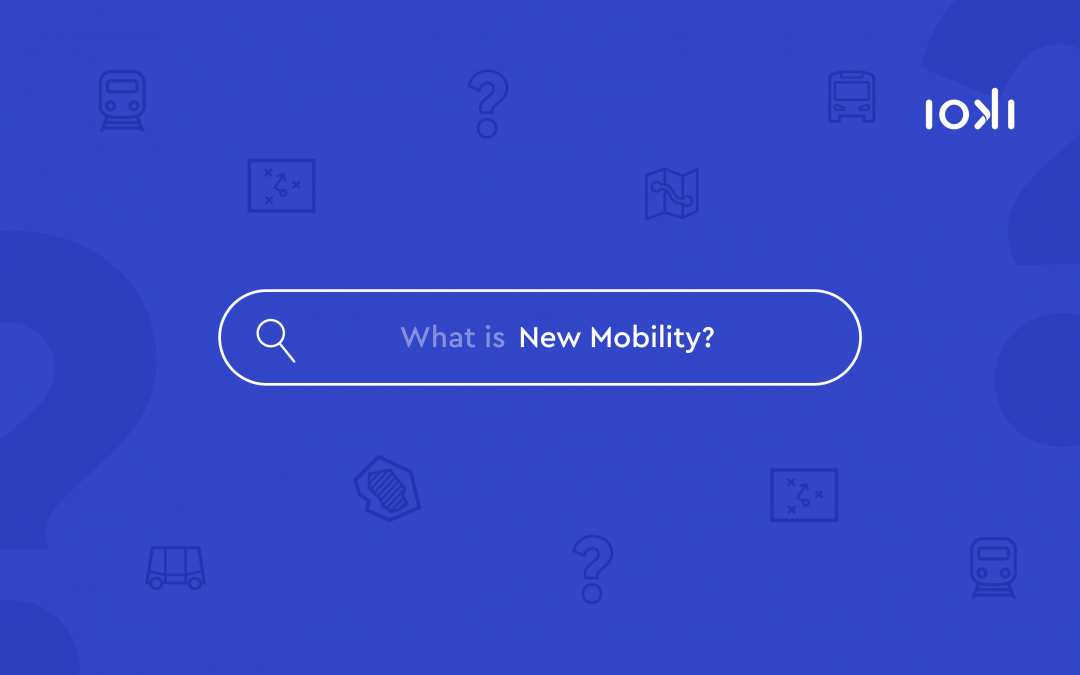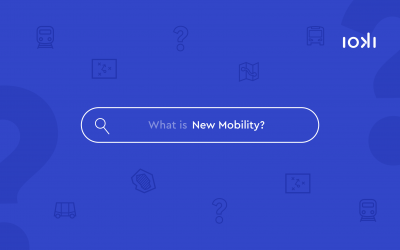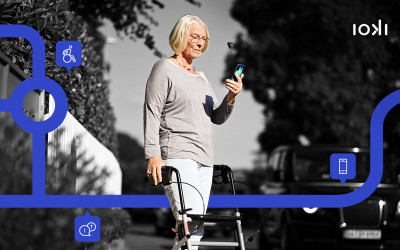In order to first understand why the car has manifested itself as a «fundamental right» in people’s minds, we must take a look at the age of modernity. Here the image of the car as an object of prestige and a symbol of almost unlimited individual mobility crept into people’s minds. The symbol crept so deeply into people’s minds that their natural habitat was completely geared towards motorised individual transport. Ignoring the fact that it was already clear to researchers in 1960 that the concept of the fully car-friendly city was not a promising one.
Today it is clear that cars are causing air pollutants such as particulate matter, ozone or nitrogen oxides to deteriorate further and further. Ergo: there is a need for reform. So, what about tackling the pulsating restlessness of traffic, the restriction of freedom of movement, the threat to our health and the loss of time and stress caused by long traffic jams by making cities car-free?
Significant changes through car-free cities
Car-free cities are not only good for the environment. City dwellers could live healthier lives, be happier and experience less stress in their daily lives thanks to reduced traffic. And the increasing urbanisation of large cities also clearly shows that more usable space for people needs to be created. However, restructuring a city is not easy. Fundamental changes must be made to the urban infrastructure if motorised private transport is to be reduced sustainably. Bicycle lanes must be built, there must be more space for pedestrians, areas must become greener again and, above all, more emphasis must be placed on the restructuring of public transport. In transport planning, we talk of a push and pull strategy. Enforce restrictions and on the other hand create incentives such as cheaper, expanded local public transport.



